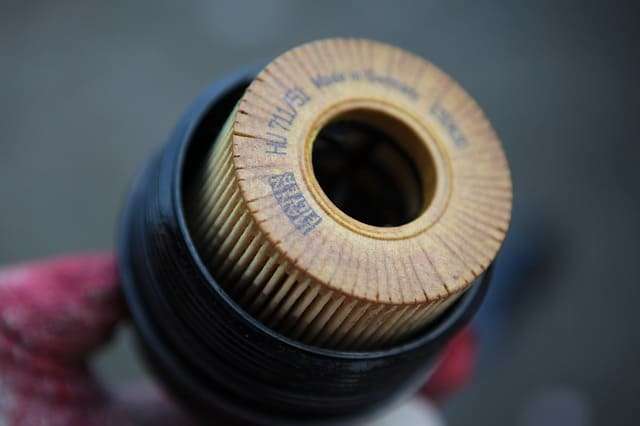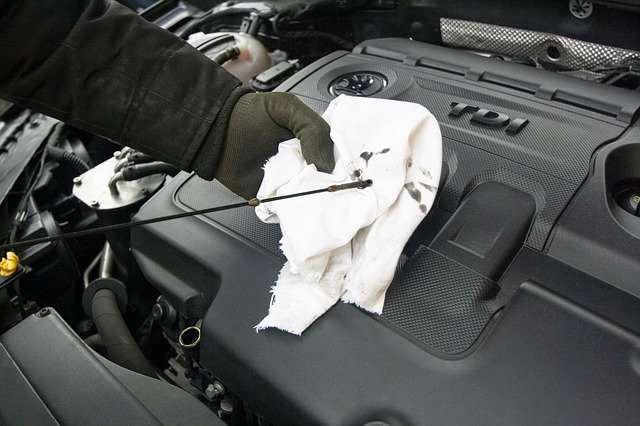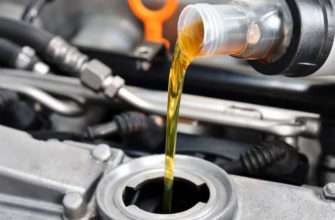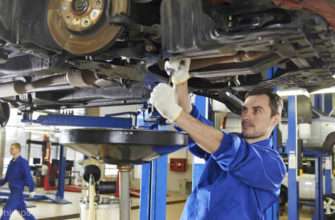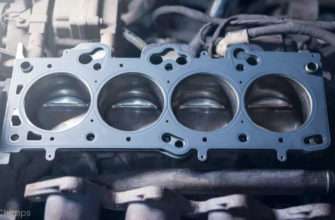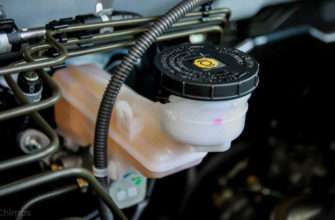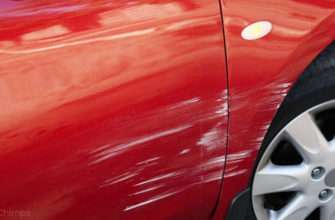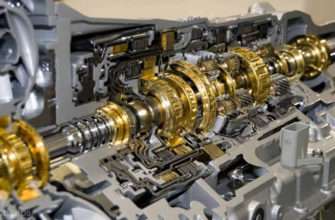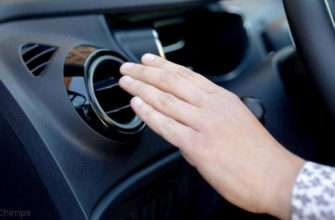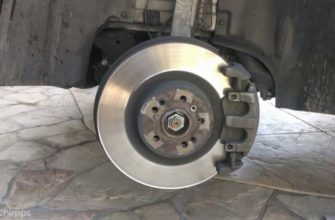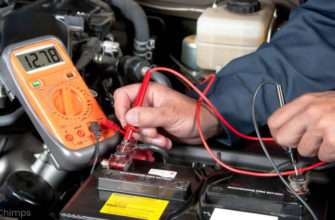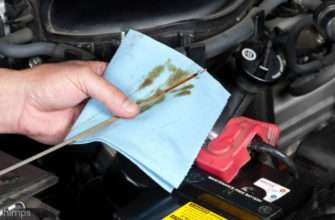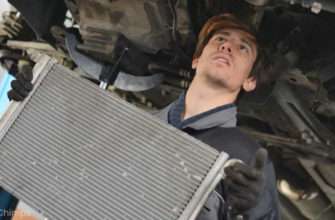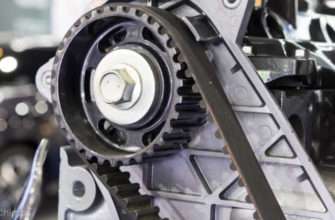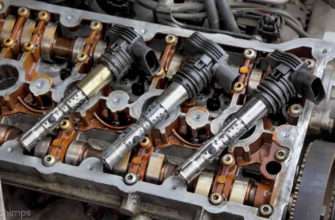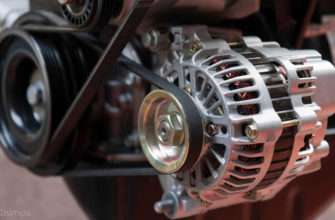If you get the dreaded high oil pressure reading in your dashboard, it is time to fix it before it gets worse. Here are the main causes & treatment options. We all know the feeling of being low on gas. The low-fuel light illuminates, a few warning chimes go off, and we panic as the needle moves closer and closer towards the red. The solution?
Well, head to a gas station and fill the tank, of course. But what about your oil pressure gauge? Do you remember the last time you looked at it? Did you even know you have one? The oil pressure gauge should read somewhere between 25 to 65 PSI while the engine is running. Should it start creeping higher (think 80+ PSI), then you’ve got yourself a problem with high oil pressure. When this happens, it disrupts the ability of your engine to function correctly. What causes high oil pressure? The main culprits include:
- Faulty Sending Unit
- Relief Valve Malfunction
- Blocked Oil Passage
- Dirty Oil Filter
- Oil Quality/Grade
Thankfully, in this little guide, we’re going to review each of these in detail. We’ll also cover what high oil pressure is and why it matters. Next, we’ll look at why frequent oil changes are crucial for proper engine balance, as well as answer a few common questions about high oil pressure. But first, let’s examine the basics behind how an engine lubrication system works. Let’s get started!
The Basics Behind An Engine Lubrication System
Pan
The oil pan is located near the bottom of the engine. It serves as a reservoir for the oil before it’s pumped throughout the engine. Most hold between 4 to 6 quarts of oil.
Pickup Tube
Your engine needs oil right away, and the moment you turn the key, the pickup tube carries it from the pan to the oil pump.
Oil Pump
As its name suggests, an oil pump is in charge of “pumping” the oil throughout the system. This ensures that all the moving parts are well lubricated and do not create too much friction.
Pressure Relief Valve
The oil pressure relief valve consists of three parts, a piston, a spring, and a plug. Under normal conditions, the valve is fully extended, regulating the flow of oil. As pressure builds, it forces the piston against the spring, allowing more to pass through, thus decreasing pressure.
Oil Filter
As oil circulates throughout the system, it picks up harmful contaminants like dirt, dust, and metal flakes. This is where the oil filter comes in. As oil passes through (under pressure), any unwanted particles, do not.
Spurt Holes and Galleries
Spurt holes and galleries are small exit points located throughout the system where the oil is allowed to seep through. They ensure proper lubrication of the many moving parts, including the pistons, rings, pins, bearings, and cylinders. By this point, the oil has completed its journey and returns back to the oil pan.
What Is High Oil Pressure And Why Does It Matter?
High oil pressure means that the flow of oil is being restricted in some way. This can be a result of either a blockage, a faulty part, or an issue with the oil itself. As we mentioned earlier, the typical pressure range lies between 25 and 65 PSI. When this range is exceeded, something is off and needs to be corrected before damage occurs.
Proper lubrication is crucial to the health of any engine. Without it, friction builds and leads to overheating. When this happens, the risk of developing a crack in the engine block, or blowing a head gasket increases. Each of these scenarios is extremely costly to resolve (if a repair is even possible at all). For this reason, your best bet is to take action at the first signs that you have high oil pressure.
What Causes High Oil Pressure?
Faulty Sending Unit
The oil pressure sending unit is what controls the gauge in the dash of your vehicle. If it’s defective for one reason or another, you’ll receive false readings. The only way to check for this failure is to inspect the oil pressure manually. For this, you will need an oil pressure gauge and an adapter to fit your vehicle (we suggest using an oil pressure test kit).
First, check that the engine has cooled down enough to work on. Then, put the transmission in neutral or park and apply the hand brake. Next, locate the sending unit (usually found near the oil pan). Be sure to have an oil drip pan ready, since when you remove the sending unit, you’ll likely meet a few drips.
Connect the pressure gauge, turn the car on, and press the gas pedal and hold it between 2,500 to 4,000 RPMs for about 15 to 20 seconds. Be sure to consult your manual for the correct operating range for your vehicle. If the gauge shows the pressure is in a healthy range, then the problem lies elsewhere. Otherwise, the issue is a faulty sending unit. If you would rather pay a professional to diagnose the issue, expect to spend about $100.
Relief Valve Malfunction
If you remember from earlier, the relief valve is not a complex component, consisting of just a piston, a spring, and a plug. It not only protects the engine from damage caused by high pressure, but it also regulates the flow of oil through the block.
How do you know if the relief valve is the issue? There’s no way to be sure without inspecting it. Though, if you start your car, drive it for a while, and the pressure does not reach expected levels, it may indicate a relief valve malfunction. Thankfully, a simple cleaning should be all that’s required.
Blocked Oil Passage
As mentioned previously, one of the main reasons behind high oil pressure is the restriction of the flow of oil. This may be due to a blockage, which is a serious concern. This usually results from a buildup of sludge or a carbon deposit somewhere along the oil passage.
Removing a blockage is time-consuming, which makes it rather costly. It requires specific tools and in-depth knowledge of how to dismantle the system. The process involves cleaning of the lubrication system. Including the cooling jets, passage lines, orifice dowels, hoses, and plugs, as well as any auxiliary components. Your best bet is to hire a professional for this service, though, oil system flushing products do exist, ranging from about $30 to $60.
Dirty Oil Filter
Most oil filters last for about 3,000 miles, at which point you’ll need to replace it. As they accumulate debris, they become less effective. When too much has been collected, the flow of oil becomes restricted.
A few symptoms of a dirty oil filter include sputter or metallic sounds, a drop in engine performance, or black, sooty exhaust. You can replace an oil filter yourself at home relatively easy, or you can hire a shop to do it for you for between $35 to $75. If your engine requires synthetic oil, expect to spend a bit more, as much as $125.
Oil Quality/Grade
If you didn’t know, motor oil comes in different levels of viscosity, which refers to how thick it is (also known as oil weight). The thinner it is, the easier it will flow through the system. The thicker it is, the more pressure it needs to circulate.
Your best bet is to consult your manual to determine what the manufacture suggests concerning viscosity level. Then, you’ll have to take where you live into account. The warmer the climate you live, the thicker your oil should be. In cold weather, thinner oil is ideal, such as 5W.
You also have a choice between regular mineral oil, fully synthetic, or a blend of the two. Synthetics are known for their ability to supplement engine health, though, not all engines can handle them.
The Importance of Changing Your Engine Oil
Most mechanics suggest changing your oil every 3,000 miles or so. However, modern cars, trucks, and SUVs are built to last as long as 10,000 miles before needing new oil. Regardless, consistency is what counts. The longer you wait, the better the chances you cause your engine harm.
As oil ages, it begins to break down and thicken. As you know, the thicker your oil is, the more pressure it requires to circulate through the system. It also picks up more contaminants, such as dirt, dust, or metal shavings, causing it to thicken, as well as increasing wear on your engine.
High Oil Pressure FAQ
Final Thoughts
Car repairs are never fun, but it’s better to tackle them early before they worsen. If your oil pressure gauge begins to climb, diagnose the issue before it becomes a significant problem. It is better to spend a few hundred dollars now, then several thousand later. To ensure your lubrication system can do its job. Be sure to follow a maintenance routine that includes both frequent oil changes, as well as replacing the oil filter.


